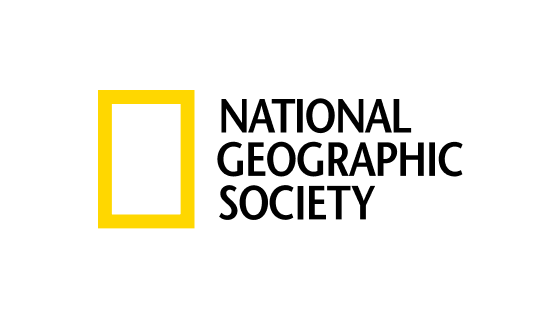
One-fourth of Americans drink water from systems that don’t meet safety standards.
When my young daughter says she’s thirsty, I take for granted that the water from our kitchen tap is clean and safe. In fact, that’s what most Americans assume. But should we?
As we mark World Water Day on March 22, the disturbing truth is that roughly a quarter of Americans drink from water systems that violate the Safe Drinking Water Act. Violations range from failing to properly test water to allowing dangerous levels of lead or arsenic—and occur everywhere: in rural communities and big cities, in red states and blue ones.
The lead contamination crisis in Flint, Michigan, was extreme—and shocking because of the role that race played. However, it was not an isolated case, and we need to consider it a national wake-up call.
Across the country, water systems are old, badly maintained, and in dire need of modernizing—from lead service lines in Milwaukee, Wisconsin, and Newark, New Jersey, to silt and debris in drinking water after heavy rain in Austin, Texas, to fecal contamination in Penn Township, Pennsylvania. Worse, some are managed by dysfunctional agencies where incompetence and socioeconomic and racial bias may determine whether a community is made sick by its drinking water. The reality is that we can no longer assume that our water is safe to drink.
How unsafe is it? Depending on the source of contamination and the exposure, health effects include neurological problems and developmental disabilities in children (lead), interference with hormones (perchlorates), and increased risk of cancers of the skin, bladder, and kidney (arsenic). The Environmental Protection Agency regulates more than 90 contaminants—but a hundred more that are tracked are so far unregulated.
Copyright to: National Geographic
Read the full article on National Geographic
Read nowWe’ve built custom solutions for water needs in more than 50 countries. Let’s solve yours.